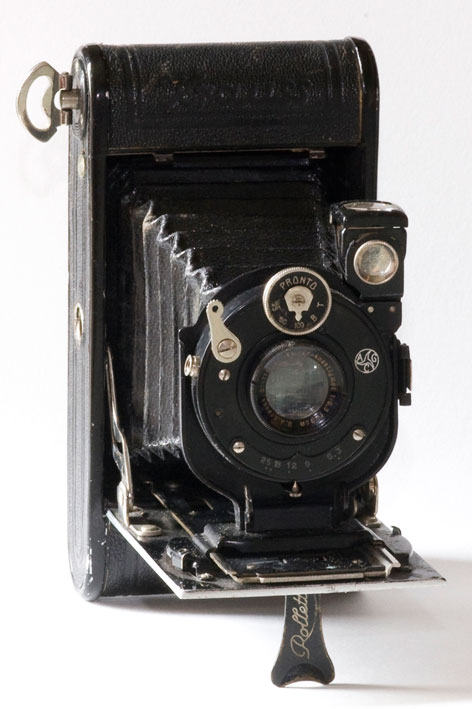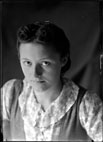
 |
|
In 1895, the two brothers Eugen and Gustav Adolf Krauss are managing a
camera store in Stuttgart, Germany.
Circa 1898, Eugen Krauss leaves Germany for France where he
creates the Company E.Krauss; this one is located first at the 18 Naples
street, in Paris. The E.Krauss Company is supplying lenses, done with a
Carl Zeiss license. These lenses fit on cameras that are produced by
others and are marketed under the brand E.KRAUSS. Later on, the E.
Krauss Company will design and produce its own range of cameras.
In 1920, Gustav Adolf Krauss is still living
in Stuttgart. He creates the Company G.A.Krauss which was the first
cameras retailer of this city. From 1924 until 1934, G.A. Krauss will
produce his own range of cameras.
The two brothers will pursue their cameras business until the
mid-30s. During that period, they both produced several great cameras.
The original shop of Stuttgart was finally sold in 1911 by Rolf Krauss,
the grandson of Gustav Adolf. |
|

A.G. Krauss - Rollette (1927-1928)
|
Starting 1925,
the range of cameras produced by G.A. Krauss is enriched with a little folding :
the
Rollette.
This one
was designed in two
formats :
 |
4 x 6.5 cm on film 127 |
 |
5 x 8 cm on film 129 |
Between 1925 and 1931, several
releases of this camera were produced. The one presented here is a format 5 x 8 cm
(film 129) which is in between the second release (1927) and the third
one (1928). As a matter of fact, it was frequent at that time for
improvements to be progressively implemented so it is very common to
find intermediate configurations between two releases.
According to the
1927's release, it has:
 |
A black leatherette skin |
 |
A S leg with "Rollette"
written on it |
 |
Struts
with inverted profile |
 |
Pronto shutter
(1/25 – 1/50 – 1/100 – B – T) |
 |
Rollar-Anastigmat 9 cm f/6.8
lens |
By the way, this combinaison of
shutter (Pronto) and lens (Rollar 9cm f/6.8) was never reused after the
1927's release.
The version presented here has also a lever used to adjust the focusing.
This lever is moving the block shutter/lens on the camera bed. This
improvement was implemented only with the release of 1928; so we are
clearly here in front of a camera in between two releases.
The Rollette model 1928 was equiped with a brilliant viewfinder but also
a large frame-finder. Unfortunately, this frame-finder has been lost on
my camera. Only its hinge remains. |
|

I purchased this camera from Mrs Pierrette Dubois, wife of the writer
Armand Lanoux and daughter of the WWI photo-reporter Paul Dubois.
She received this camera as a gift from her Dad for her twentieth
anniversary.
Miss Pierrette
Dubois photographied by her father, Paul
Dubois |
|


![]()
